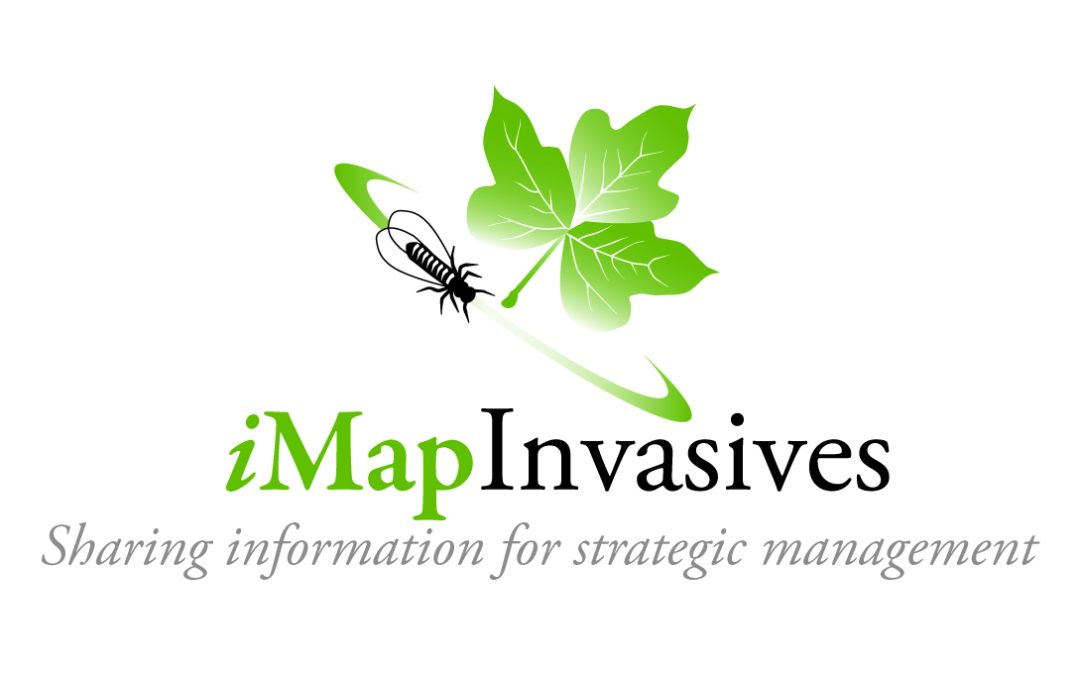Invasive Species Mapping Challenge
Thursday, July 5, marks the beginning of the 2018 Invasive Species Mapping Challenge! Now through July 19, you can report the presence or absence of the jumping worm (Amynthas spp. andMetaphire spp.) and water chestnut (trapa natans), into the iMapInvasives database to compete for prizes and bragging rights!
Chosen because jumping worm and water chestnut are underreported across New York State, the valuable data you help collect can inform the decision-making and actions of land managers and organizations such as WNY PRISM.

The water chestnut forms a rosette of leaves which float on the water surface. Photo Credit: Leslie J. Mehrhoff, University of Connecticut, Bugwood.org
The Challenge requires you enter data into the iMapInvasives database using either the mobile app or the website. This database is used to document and share invasive species observations, which allows land managers to make effective management decisions, respond to new infestations, and target spread prevention campaigns. If you are unfamiliar with this database, you can receive online training here and can register as a new user here.
When participating in the Invasive Species Mapping Challenge, please be sure to always take clear, in focus photos and if possible include a ruler or coin for scale. If multiple jumping worms are found at the same location, take a photo with no more than 3 worms present and leave comments on behavior or any other notable characteristics. Also remember that if you survey an area and don’t find any of the target invasive species, you can also submit this is an absence data point. These are just as important as presence data points!

Water Chestnut seeds, referred to as nutlets, have four sharp spikes and mature in late summer. Photo Credit: Leslie J. Mehrhoff, University of Connecticut, Bugwood.org
This is the third year water chestnut has been included in the Invasive Species Mapping Challenge. Water chestnut forms dense, floating mats of vegetation that not only diminish recreational value, but can also outcompete native species and deplete oxygen levels lowering the quality of the habitat as a whole. This species is characterized by its floating rosette of triangular-shaped leaves as well as the seeds, which are easily recognized by its four sharp spines that are green as they mature and turn black when dry. Water chestnut, when reported early, can be easily eradicated. But once established, it can take years to manage and eradication may not be possible. WNY PRISM won the Water Chestnut Trophy last year, and we’d love to bring it back in 2018!

Mature jumping worm as identified by the smooth clitellum (band) near the head. Photo Credit: Susan Day, UW Madison Arboretum
New to the Invasive Species Mapping Challenge, jumping worms are an invasive earth worm native to Asia. They damage forest health due to their ability to quickly consume organic matter needed by plants as nutrients. This species is often found directly below the soil surface and within leaf litter. They are characterized by their highly erratic wriggling behavior when held, smooth milky white clitellum (band) near the head of the worm, and by the granulated dirt they leave behind. Data on jumping worms can be used to target spread prevention campaigns and implement tools such as boot brush stations which help remove worm eggs from boot treads.
For more information on how to identify these invaders as well as how to report your findings into the iMapInvasives database listen to the 2018 ISAW webinar.


